Rethinking Open


Point your
here to
text
Space new regulations guided by the 2018 comprehensive plan Planning Commission Hearing November 17, 2022 Valerie Friedmann, LFUCG Senior Planner & Greenspace Planner, Long Range Planning vfriedmann@lexingtonky.gov Check out the open space project page for the latest information and full draft text.
camera app
link to the full
The goal: Incorporate intentionally designed and equitably distributed open space and green space into all development projects. Not more quantity, just better quality.
2 + years

National Best Practices Lexington Context Peer City Review
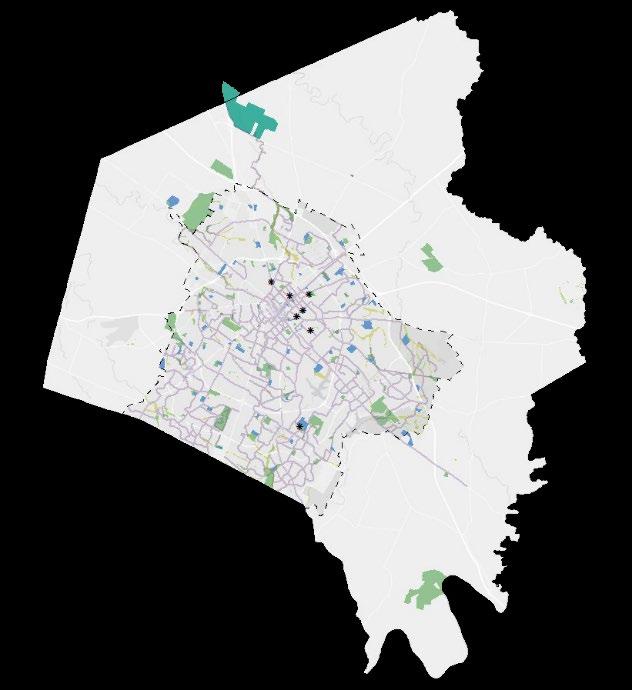
LEED Neighborhood Development Guide
Austin, TX Charlotte, NC
Chattanooga, TN
National Recreation and Park Association
Cincinnati, OH
Colorado Springs, CO
Columbus, OH
Trust for Public Land
Urban Land Institute
Durham, NC
Fort Collins, CO
Fort Wayne, IN Franklin, TN
Greensboro, NC Henderson, NV Indianapolis, IN
Kansas City, MO Lincoln, NE Louisville, KY Madison, WI Minneapolis, MN Nashville, TN Norfolk, VA
Raleigh, NC Richmond, VA St. Louis, MO St. Paul, MN
Virginia Beach, VA
20+ meetings
with public groups, organizations & stakeholders
2020 Planning Commission Work Session
Infill & Redevelopment Steering Committee
Development and Design Community Stormwater Stakeholder Committee
2021 BIA
Public Input Session
Greenspace Commission
Parks and Recreation Leadership
Planning Staff Interim Review
Parks Advisory Board Planning Commission Work Session
Environmental Commission
Fayette Alliance Board
Infill & Redevelopment Steering Committee
Greenspace Commission Parks Advisory Board
Development and Design Focus Group Session 1
Development and Design Focus Group Session 2
FCNC
Planning Commission Work Session
Parks Advisory Board
2022 Trust for Public Land Planning Commission Work Session
Builders and Developers Group
Planning Commission Work Session
2 focus group workshops
Design and Engineering Professionals
Gresham Smith
Erin Masterson, PLA, ASLA
Banks Engineering
Greg Smorstad, PLA
CARMAN
Jason Hale, PLA, LEED AP
Kevin Warner, PLA
Vision Engineering
Matt Carter, P.E.
EA Partners
Rory Kahly, PLA
Earthcycle Design
Scott Southall, PLA, AICP, LEED AP BD+C, ASLA
Barrett Partners
Tony Barrett, PLA, LEED AP
with other
Environmental Services
Coordination
Divisions Planning Parks & Rec
Bike & Pedestrian
On the Table 2022 Public Input
TOP 10 TOPICS BY THEME



Growing successful neighborhoods Goal 2: Support infill and redevelopment throughout the Urban Service Area as a strategic component of growth. Incorporate adequate greenspace and open space into all development projects, which serve the needs of the intended population.
Comprehensive Plan Goals and Objectives Theme A:
Neighborhoods
neighborhoods
Action Item: Amend zoning ordinance to redefine open space requirements.
Comprehensive Plan Policies Theme A: Growing Successful
DESIGN POLICY #9: PROVIDE ADEQUATE GREENSPACE Provide adequate greenspace for all
within walking distance.
Theme B: Protecting the Environment SUSTAINABILITY POLICY #4: ACCESSIBLE GREENSPACE Make recommendations to locate new development within walking distance of existing greenspace / community centers, or create greenspace / community centers within walking distance of residential uses.

• Out of date – introduced in 1965 • Zoning Ordinance contains ~170 mentions of “open space” scattered across multiple zones/articles • Lacking direction/incentives for open space to provide environmental benefits/green infrastructure • Unfocused definition of “useable open space” does not ensure open spaces are actually useable • No requirements for open space to be visible/ accessible/walkable • Standards don’t apply in some areas where they should Existing Open Space Requirements
Four main issues with existing open space requirements
1. Inefficient 2. Multi-family
Definition is unfocused. Regulations are scattered across individual zones.
Current requirements do not ensure common areas planned for use by people; not incentivizing environmental landscaping. .
Single family residential developments deserve access to common open space, too.
3. Single Family We need consistency across all zones; incentives to address stormwater and heat island effects.
4. Commercial/Industrial


Access and Equity Accelerator 10 Minute Walk Commitment
Trust for Public Land Park and Greenspace
Presence of Open Space Design Standards in Lexington Peer Cities
Presence of developerprovided open space requirements
Presence of open space design standards
Austin
Summary of what’s included in open space design standards
Cincinnati
• Defines types of open space allowable
• Provides location and accessibility requirements
• Prioritizes preservation of environmental, cultural, and historical assets
• Includes frontage requirements
• Defines typical amenities in open space
• Provides high-level landscaping requirements
Columbus
• Encourages accessibility to residents with frontage requirements and 50% perimeter along a thoroughfare
• Includes criteria for landscaping, lighting, amenities required, and parking
• Provides configuration requirements
Madison
Raleigh
Richmond
St. Louis -- --
Virginia Beach
• Includes grading requirements
• Provides location requirements
• Defines types of open space allowable
• Prioritizes preservation of environmental, cultural, and historical assets
• Provides configuration requirements and specific criteria on accessibility and location
• Encourages connections to other civic assets
• Provides landscaping requirements
• Encourages connections to other open space
• Includes specific requirements for resident accessibility
• Provides location requirements
• N/A
• Provides location requirements
• Includes guidelines surrounding resident accessibility
Findings based on publicly-available information via Municode.


Article 1: Definitions • Green Infrastructure (new) • Open space, useable (deleted) • Open space (new) • Common area (new) • Useable area (new) • Vegetated area (new) • Walkable Route (new) Useable Areas Common Areas Vegetated Areas Point your camera app here to link to the full text


Articles 8, 9, 10, 11, 12, 21, & 28 Article 8: Schedule of Zones Article 9: Group Residential Projects Article 10: Mobile Home Park (M-1P) Article 11: Interchange Service Business (B Article 12: Commercial Center (B-6P) Article 21: Development Plans Article 28: Mixed Use Zoning Categories Directs to Article 20 “See Article 20 for open space regulations.”
Standards

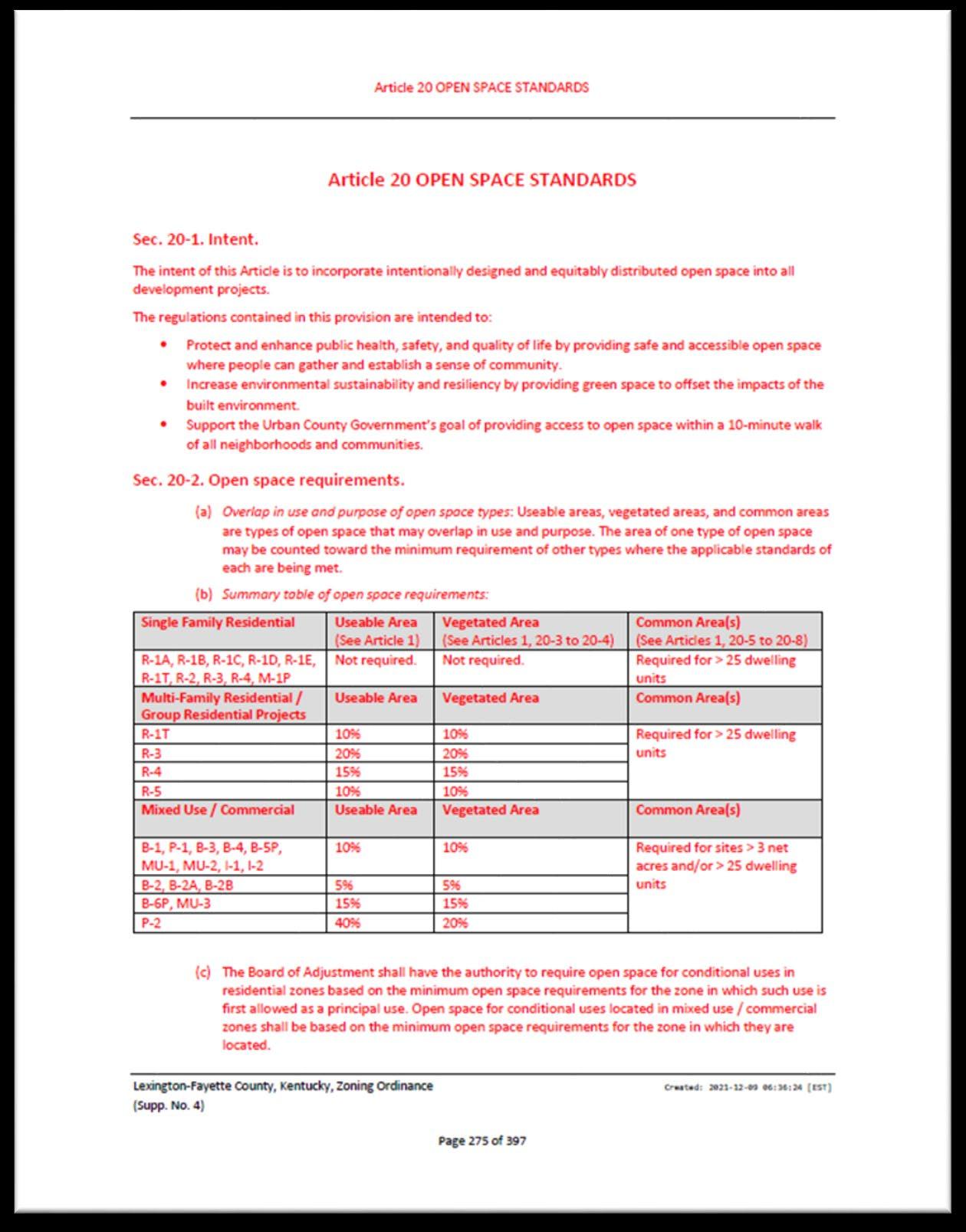






Article 20: Open Space
“Reserved for Future Use” Standards for Open Space (5 pages)
Sec 20-1. Intent.
The intent of this Article is to incorporate intentionally designed and equitably distributed open space into all development projects.
The regulations contained in this provision are intended to:

• Protect and enhance public health, safety, and quality of life by providing safe and accessible open space where people can gather and establish a sense of community.
• Increase environmental sustainability and resiliency by providing green space to offset the impacts of the built environment.
• Support the Urban County Government’s goal of providing access to open space within a 10-minute walk of all neighborhoods and communities.

Overlap in use and purpose of open space types. Sec 20-2. Open Space Requirements. Useable Areas Common Areas Vegetated Areas
Vegetated

Existing
Area
or new vegetation.
Common Area Useable Area
Outdoor living and pedestrian access (i.e. balconies, patios, walkways)


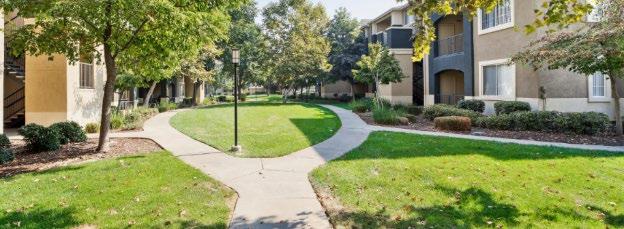
Intentionally planned for outdoor gathering.
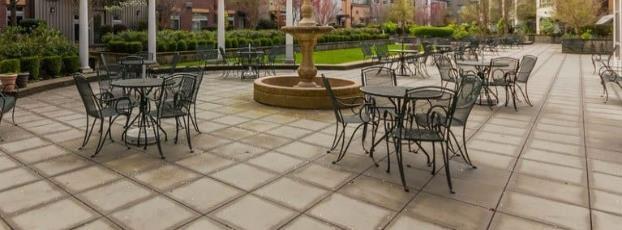
Sec 20-2. Open Space Requirements. Summary table of open space requirements. Single Family Residential Useable Area (See Article 1) Vegetated Area (See Articles 1, 20-3 to 20-4) Common Area(s) (See Articles 1, 20-5 to 20-8) R-1A, R-1B, R-1C, R-1D, R-1E, R-1T, R-2, R-3, R-4, M-1P Not required. Not required. Required for > 25 dwelling units Multi-Family Residential / Group Residential Projects Useable Area Vegetated Area Common Area(s) R-1T 10% 10% Required for > 25 dwelling units R-3 20% 20% R-4 15% 15% R-5 10% 10% Mixed Use / Commercial Useable Area Vegetated Area Common Area(s) B-1, P-1, B-3, B-4, B-5P, MU-1, MU-2, I-1, I-2 10% 10% Required for sites > 3 net acres and/or > 25 dwelling units B-2, B-2A, B-2B 5% 0% B-6P, MU-3 15% 15% P-2 40% 20%




Existing Proposed Change Common
1
Zone
Area
Single Family Residential R-1A, R-1B, R-1C, R-1D, R-1E, R-1T, R-2, R-3, R-4, M-1P 0% 0% - R-1T (subdivided) 10% 2 0% ↓
Existing / Proposed Open Space Required Everyone deserves access within a 10-Minute Walk Less in exchange for better. Baseline consistency across all zones, address stormwater and heat island effects. Ease of use, improvements in quality and access.
Multi-Family & Group Residential R-1T (group) 20% 10% ↓ R-3 20% 20% -- R-4 20% 15% ↓ R-5 20% 10% ↓ Consumer & Service Commercial B-1 0% 3 10% ↑ P-1 0% 3 10% ↑ B-3 0% 10% ↑ B-5P 0% 10% ↑ B-6P 15% 15% MU-1 10% 10% -- Industry & Employment B-4 0% 10% ↑ I-1 0% 10% ↑ I-2 0% 10% ↑ P-2 40% 40% Downtown B-2 0%/10% 4 5% ↑↓ B-2A 0%/10% 4 5% ↑↓ B-2B 0%/10% 3 5% ↑↓ MU-2 10% 10% -- MU-3 15% 15% --
1 When DU/Size threshold met; 2 Private useable open space; 3 10% of lot where residences provided; 4 10% of residential floor area
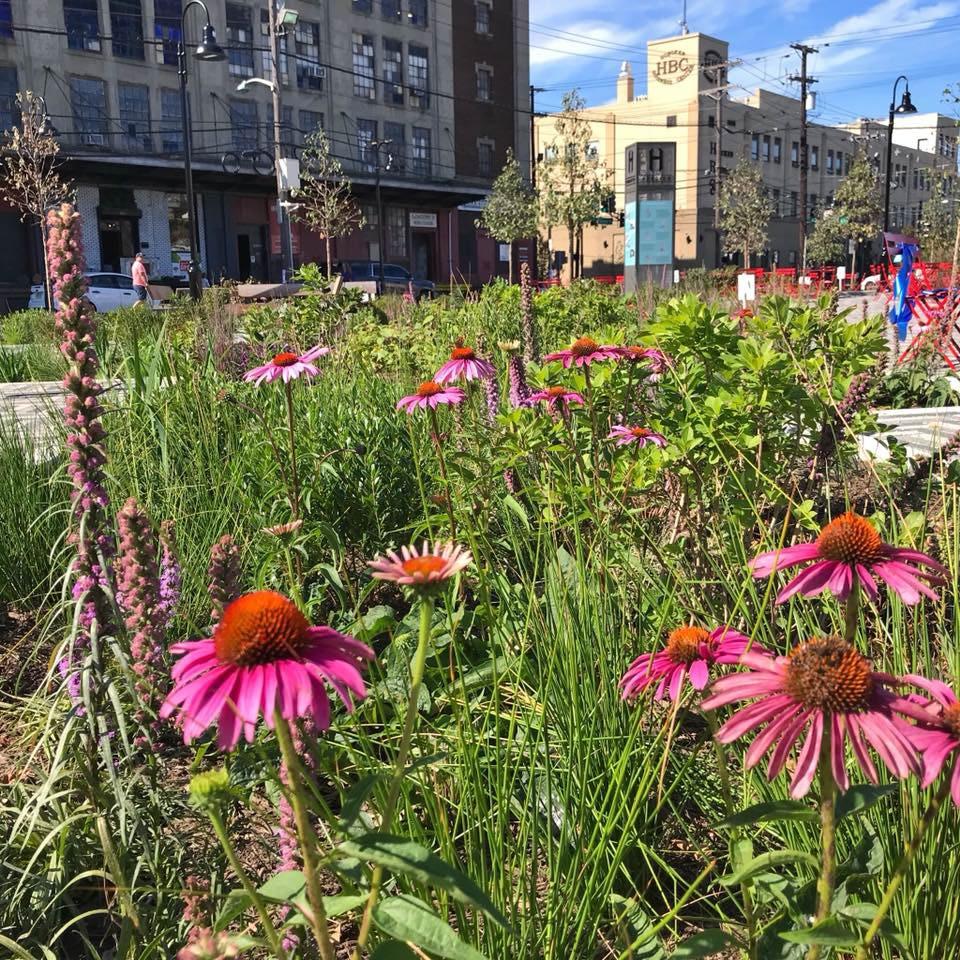
Sec 20-3. Vegetated Area Standards. Requirements. • 75% ground coverage • Excludes required vehicular use area interior landscaping (but includes VUA perimeter landscaping) • Excludes invasive tree and plant species • Clear instructions for different Development Plans

Sites 3 acres or less can provide green infrastructure to reduce required vegetated area. Green Infrastructure Type Multiplier Rate Innovative Design 1.15 Community Garden 1.15 Tree Stand 1.5 Vegetated Green Infrastructure 1.75 Vegetated Roof 2 Riparian Buffer Restoration/Preservation 2 Sec 20-4. Vegetated Area Incentives for Green Infrastructure.

Sec 20-5. Common Area Standards. Location Criteria • 10 minute walk to 90% of entrances • Connected to other open spaces
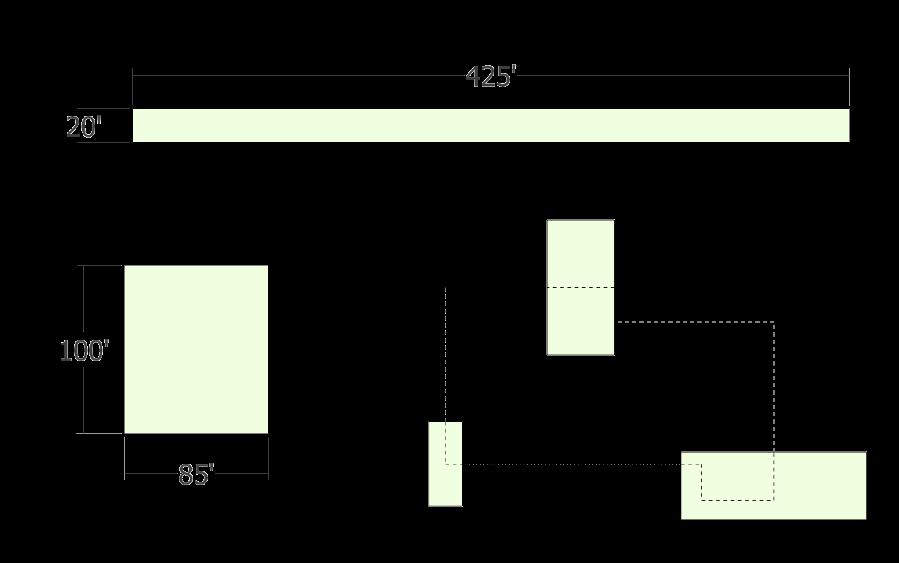
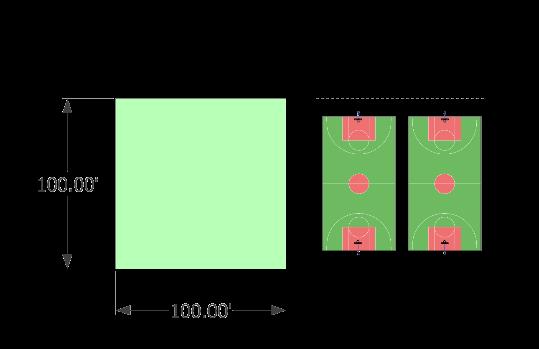
Sec 20-5. Common Area Standards. Dimensional Standards: Single Family Context 10,000sf, 100’ minimum width 8,500 SF 8,500 SF connected by walkable route 8,500 SF Multi-family / Mixed-use / Commercial Context 8,500sf, 20’ minimum width 10,000 SF

Sec 20-5. Common Area Standards. Development Standards - Health, Safety, Welfare1. Primary access and visibility 2. Secondary entry points 3. Physical improvements 4. Canopy coverage and shading 5. Topography and hydrology
Sec. 20-6. Common area exemption for development near publicly accessible open spaces.
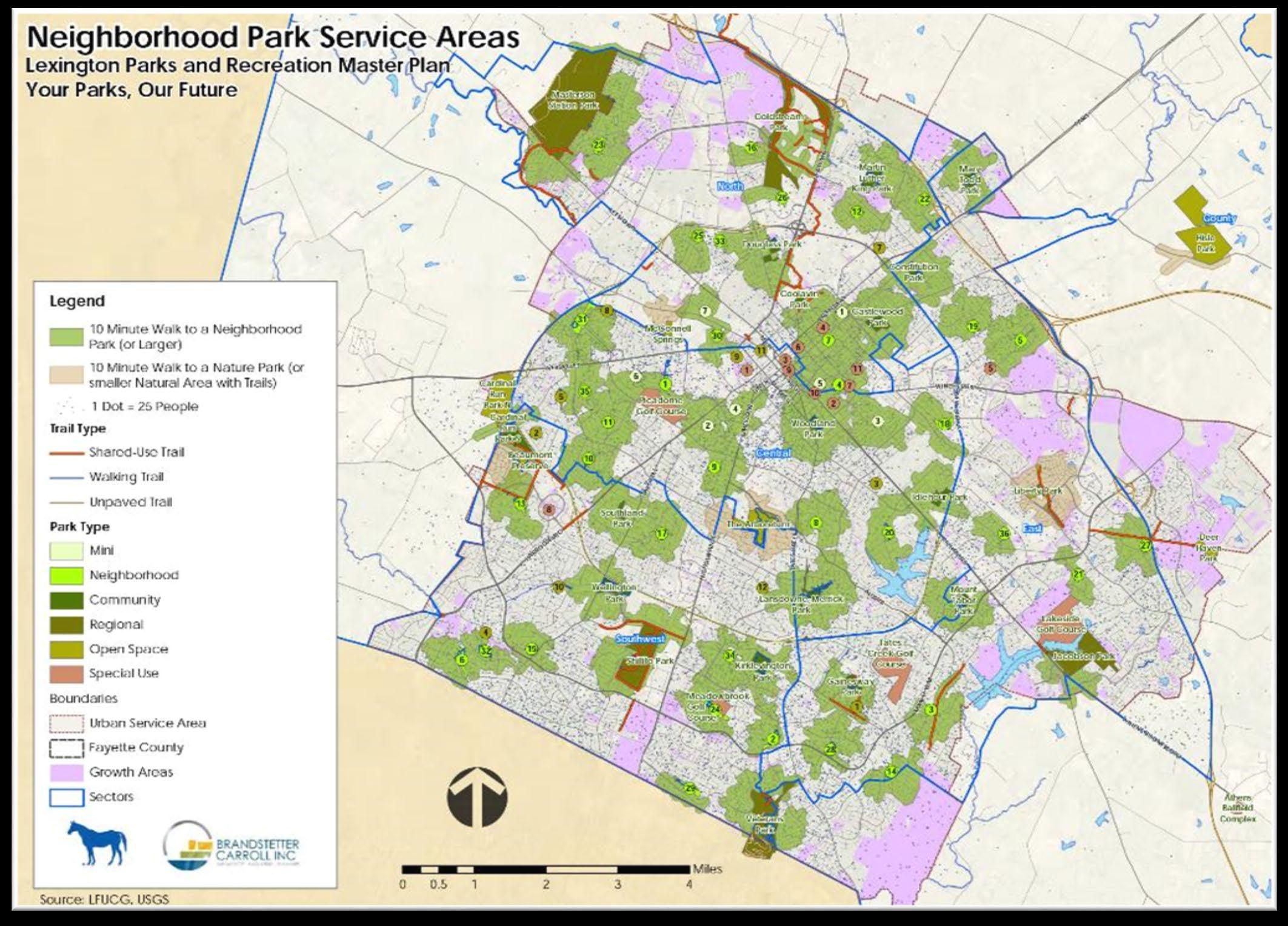
Common
areas not required in the following instances:
1. ½ mile walk of an entrance to a LFUCG park
2. ¼ mile walk of an entrance to a portion of a greenway which meets common area requirements
3. ¼ mile walk of an entrance to
another existing publicly accessible open space which meets common area requirements
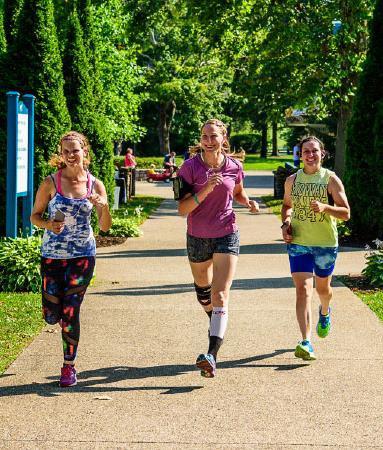
Sec. 20-7. Common area signage and shared use path access. Signage • Incidental signs - hours of operation, maintenance contact • May reference KRS 411.190 - limits owner’s liability when land is used for recreational purposes Shared use path access • Appropriate easement shall be provided per the LFUCG Land Subdivision Regulations
Sec. 20-8. Multiphase developments and timing.
• Common area(s) calculated based on total development
• Build common(s) area in phase one or subsequent phases
• Common area(s) and associated improvements must be completed prior to the certificate of occupancy for final building


Sec. 23A. Expansion Area Zones. EAR-1 / EAR-2 / EAR-3 / CC / ED 25% of the net developable acreage shall be open space. (existing) New: Common open space access point every 1/4 mile. Access point minimum of 40 feet wide with 5 foot sidewalk. Sign posted at access point.

• The Open Space ZOTA works in tandem with the Parking ZOTA (reduced parking requirements) and the F.A.R. ZOTA (increased density) • The three things that constitute a site: building footprint, parking areas, and open space • Parking ZOTA and F.A.R. ZOTA make more room for development • …in exchange for more purposeful open space and greenspace Building Footprint Vehicle Use Areas Open Space Coordinated Regulation Updates

Questions & Comments? Send an email to be added to the notification list for this ZOTA, or check out the project page for the latest information—including a link to our feedback form. vfriedmann@lexingtonky.gov https://imaginelexington.com/ZOTA_Open-Space















































